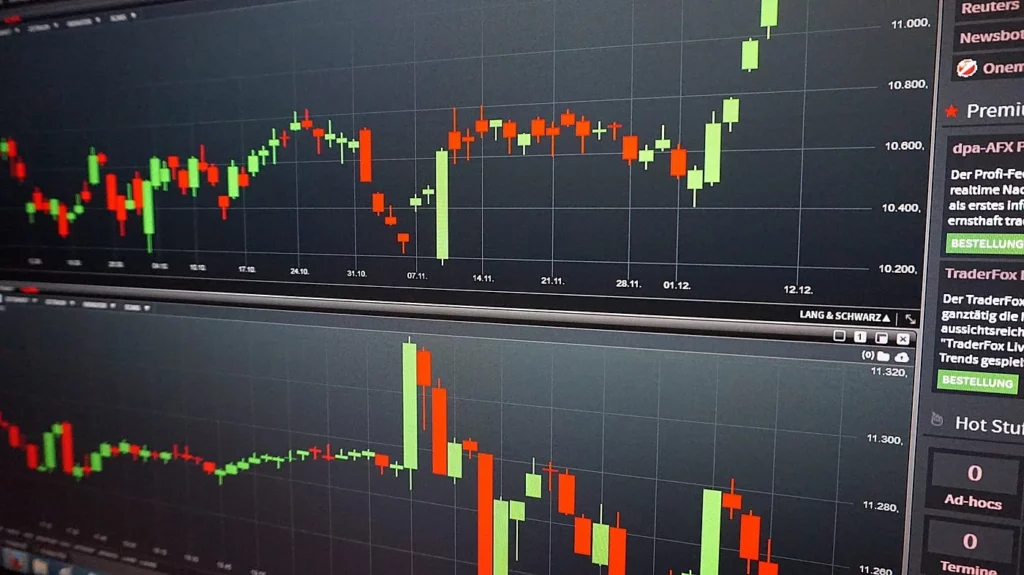
Introduction
Dividends are an essential component of investment strategy in the world of finance. In essence, dividends are sums of money that corporations give to their shareholders out of their profits. These payouts, which frequently represent a percentage of the business’s profits, are very important in figuring out how much investors will ultimately receive back on their investment. We will go deeply into the idea of dividends in this thorough guide, examining what they are, how they operate, and their importance in the financial industry.
What Is a Dividend?
A dividend is a sum of money that is distributed to a class of shareholders by the board of directors in relation to the company’s earnings. Usually stated as a set sum per share, shareholders get these payouts on a consistent basis. Depending on the company’s policy, dividends may be paid out as cash, more stock, or other assets.
Types of Dividends
- Cash Dividends
Dividends in cash are the most typical kind. A specific sum of money is paid to shareholders for each share they own. The shareholder may choose to reinvest this money or use it for personal purposes. - Stock Dividends
In essence, stock dividends are extra shares granted to shareholders based on the quantity of shares they currently own. Although this kind of dividend does not provide cash flow right away, it can raise the shareholder’s total investment. - Property Dividends
Companies occasionally give out property or assets as dividends. These property dividends can include tangible assets like machinery or even other securities, though they are less common.
How Dividends Work
Normally, dividends are distributed on a regular basis—quarterly, though some businesses may decide to distribute them annually or semi-annually. The board of directors of the company decides the precise dividend amount and the date of payment. Dividends to shareholders are paid out as checks or as direct deposits into their brokerage accounts.
Why Dividends Matter
- Income Stream
Dividends offer investors a consistent source of income. This can be particularly significant for retirees or those seeking a passive income stream. - Long-Term Growth
Additionally, dividends can be reinvested to buy additional shares, which allows wealth to compound over time. This steady growth has the potential to greatly increase the overall return on investment. - Indicator of Financial Health
A company that pays dividends consistently is thought to be financially stable and well-managed. Businesses that consistently pay out dividends may be seen as less risky by investors.
Taxation of Dividends
Dividend tax treatment differs from nation to nation and may be influenced by the specific tax circumstances of the shareholder. Qualified dividends, for instance, are typically taxed less heavily than ordinary income in the United States.
Advantages and Disadvantages of Dividends
In the world of finance, dividends are important and present both benefits and drawbacks for businesses and investors. Let’s examine these points in greater detail:
Advantages of Dividends
- Steady Income Stream: Benefit Dividends offer a predictable cash flow, which attracts retirees and those in need of income as a regular source of income.
- Wealth Accumulation: Benefit The power of compounding allows dividend reinvestment to gradually result in wealth accumulation. The overall return on investment may be greatly increased as a result.
- Stability Indicator: Benefit Businesses that consistently pay dividends are frequently seen as being well-managed and financially stable. Investors who favor low-risk investments may be drawn to this.
- Tax Benefits: Benefit Investors, particularly those in lower tax brackets, may benefit from the preferential tax treatment that dividends enjoy in some countries.
- Portfolio Diversification: Benefit By spreading risk and boosting long-term returns, dividend stocks can be a useful addition to a diversified investment portfolio.
Disadvantages of Dividends
- Reduced Growth Capital: One drawback of paying dividends is that it may be more difficult for a business to invest back into operations or seize expansion prospects. This is as a result of money being given to shareholders as opposed to being kept for future growth.
- Market Expectations: Convenience: Businesses with a track record of dividend payments could encounter pressure to keep or raise them. The stock market may react negatively if this isn’t done.
- Tax-Related Concerns: Drawback In certain circumstances, dividend tax treatment may be less advantageous than that of capital gains. Investors may face a greater tax burden as a result of this.
- Effect of Market Volatility: Drawback In order to save money, corporations may cut or stop paying dividends during recessions or periods of high market volatility. Investors who depend on dividend income may lose it as a result of this.
- Lack of Control: The drawback is that shareholders are powerless to decide what dividends to declare. Investors have few options if a company chooses not to pay dividends.
Conclusion
To sum up, dividends are an essential part of the investing world. They generate revenue, support investment growth, and function as a gauge of a business’s financial stability. Any investor hoping to make wise financial decisions must have a solid understanding of dividends. As you delve deeper into the world of investing, keep in mind that dividends are a symbol of a company’s dedication to the wealth and prosperity of its shareholders as well as a source of income.
FOR MORE INFO CLICK THIS SITE:https://learningsharks.in/
FOLLOW OUR PAGE:https://www.instagram.com/learningsharks/?hl=en












